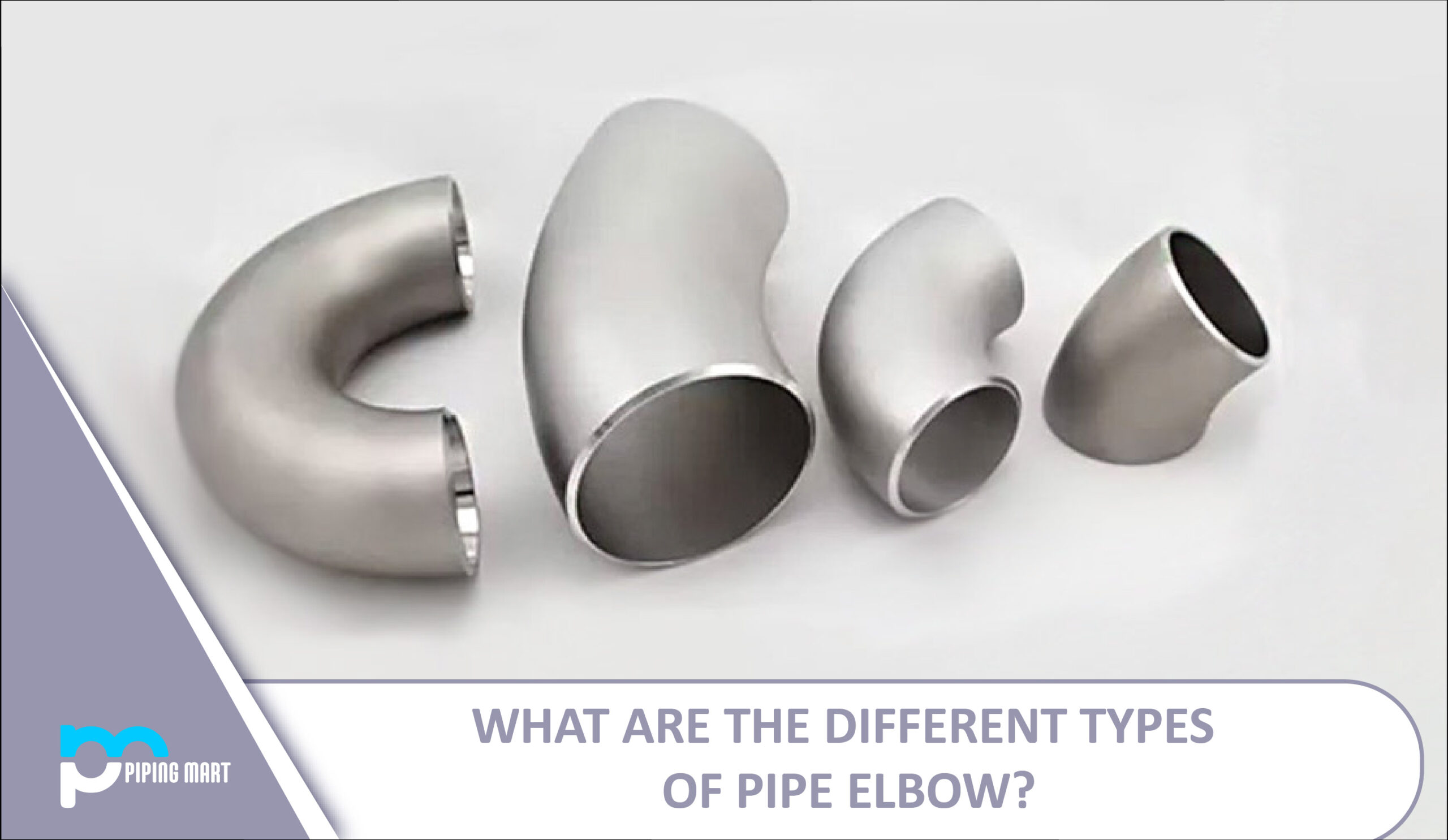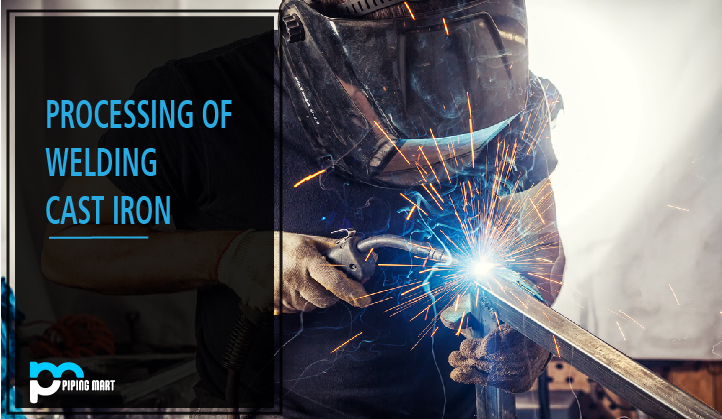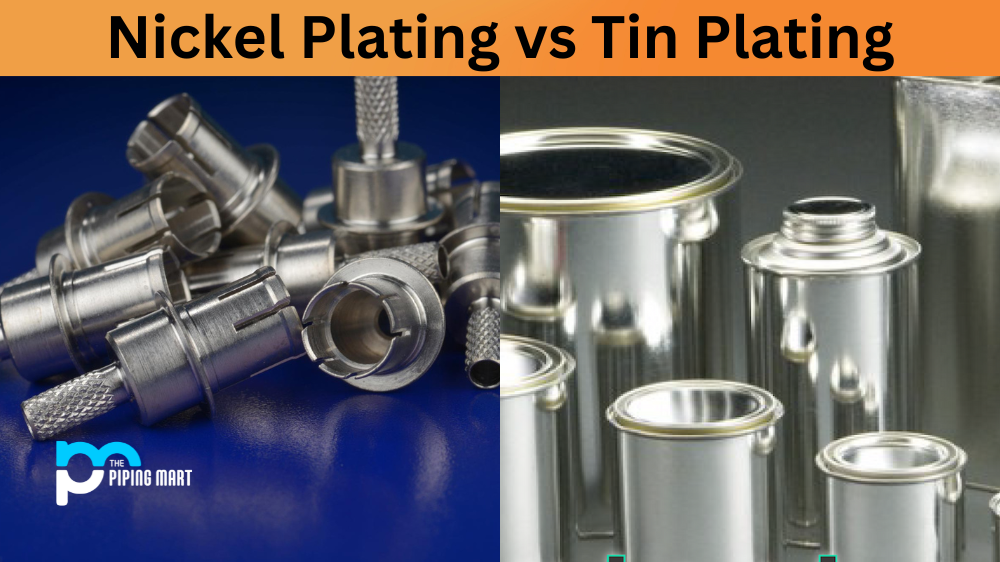Pipe elbows can be categorized based on various factors, including direction, angle, length, radius, connection to the pipe, and construction material.
Types of Elbows based on Direction Angle:
Based on the direction of fluid flow through the pipes, elbows can be categorized into several degrees, with the most popular degrees being 45 degrees, 90 degrees, and 180 degrees. There are also 60- and 120-degree elbows for specific pipelines. Only the angle at which the fluid flow will change after passing through the designated elbow is shown by this degree.
45-degree pipe elbows are also referred to as “45 bends” or “45 ells.” Use a 45° pipe elbow to join tubes at this pipe angle. As its name suggests, this pipe-fitting device is bent to produce a 45° change in the direction of the fluid or gas flowing through the pipe.
The 45° pipe elbow attaches easily to pipes made of various materials, including plastic, copper, cast iron, steel, lead, rubber, etc., just like a 90° elbow. Typically, they are produced as LR (Long Radius) elbows. Different sizes of these elbows are readily accessible (in mm or inches). They can be connected using various male-to-female BSP thread types. These 45° elbows come in multiple colors and can be produced to varied size and diameter requirements.
The following materials are generally used:
Copper, PVC, rubber, cast iron, brass, stainless steel, bronze, aluminum, galvanized steel, etc. 45° elbows are available in a variety of sizes.
45° elbows are employed in a wide range of situations, including water supply infrastructure; industrial pipelines for food and chemicals; industrial electronic pipelines, pipes for air conditioning facilities; transportation for agriculture and gardening products; and a network of pipes for solar energy installation.
90-Degree Elbows: To join tubes at a 90° angle, 90° pipe elbows are utilized. The elbow is always shaped at a right angle, as its name suggests. A “90 bend” or “90 ell” is another name for this type of elbow. This piece of pipe fitting has been bent to change the direction of the liquid or gas flowing through the pipe by 90 degrees. To change the direction of the pipe, utilize the elbow, often known as a “quarter bend.”
A 90° elbow is easily attached to pipes made of many materials, including rubber, steel, cast iron, copper, and plastic. In other words, 90° elbows are used to connect two pipes that are at a right angle to one another.
The materials used to make 90-degree elbows are the same as those used to make 45-degree elbows.
A 90° elbow is primarily used to attach hoses to valves, water pressure pumps, and deck drains. The dust hose can make that sharp curve at the corner with the help of 90° elbows. These elbows can be used with the instrumentation, and control equipment used in pulp and paper, chemical, petroleum, fluid power, and electronic industries.
Various 90-degree elbow designs:
Both SR (Short Radius) and LR (Long Radius) 90° elbows are produced.
- SR (Short Radius) Elbows: The center-to-face dimension of these elbows is 1.0 X in diameter. They are frequently used in constrained spaces when clearance is the primary concern. The long radius pipe elbow and the SR 90-degree elbow are identical. However, the short-radius 90-degree elbow has a smaller diameter. As a result, this kind of steel elbow is widely used in small spaces.
- LR (Long Radius) Elbows: These elbows have a 1.5 X diameter from center to face. They are the most popular elbow used when room and flow are more critical. Between different pipe lengths or tubing, long radius 90-degree steel pipe elbows are fitted.
- 180-Degree elbow: “return elbows” also refers to a 180-degree direction change. The design comes in two different lengths, short and long. The heating coil, heat exchanger, tank vent, and other components employ returns.
Miter bends are made by cutting pipes at 45 and 90 degrees to make a corner; they are not regular pipe fittings. The standard recommendation is for elbow sizes 10″ and up due to the high cost of large elbows. Miter bends are only authorized on low-pressure water pipes. A miter bend can be made with two, three, or five parts.
Types of Elbows according to Length and Radius:
The center line, from one end to the other end, is the space over which the flowing fluid changes direction, and the elbows are divided into these two groups. It is referred to as the “Center to Face” distance and corresponds to the radius of the elbow bend.
It is known as a Short Radius Elbow (SR elbow) if the radius is the same as the pipe diameter (Center-to-Face dimension of 1.0 X diameter) and is typically used for low-pressure, low-speed pipelines or confined spaces where clearance is the primary concern. Long Radius Elbows (LR Elbows), utilized for high-pressure and high-flow rate pipelines, and are defined as having a radius that is greater than the pipe diameter (Center-to-Face dimension of 1.5 X the diameter).
Depending on the connection to the pipe, there are several types of elbows:
Based on how they connect to pipes, elbows can be categorized into three groups: threaded, socket-welded, and butt-welded.
- Butt Welded Elbow: Butt welded elbows are steel elbows that have been hot-pressed or forge-formed. The connection method uses direct welding to join the steel pipe and elbow. Butt-welded elbows with beveled ends make welding simpler. This bevel typically allows for a complete penetration weld. Most elbows that require more pressure and temperature are butt welded.
- Socket weld elbow: A socket weld elbow is connected to the ends of the pipe fittings. Unlike a butt weld elbow, a socket weld elbow has a trapezoidal section at the end. Since the pipe’s outer diameter and the SW elbow’s diameter are the same, the pipe end can be inserted into this opening before being joined by welding. As a result, the elbow diameter is smaller than the actual diameter of the SW elbow end.
- Threaded Elbow: Similar in style to the SW elbow, the threaded elbow features the trapezoidal section’s inner surface machined with the thread. It is helpful for pipeline maintenance and repair because it is easier to install and remove.
Elbow Types Based on Construction Material:
One of the most commonly used materials is stainless steel elbows. The specifications include ASTM A403 WP Gr. 304, 304H, 316, 316L, 321, 347, etc.
Carbon steel is also used to create various elbows. Its specifications comprise ASTM A 234 WPB, WPBW, WPHY 42, 46, 52, and WPH 60, 65, 70.
Low-Temperature Carbon Steel is also used to make elbows, ASTM A420 WPL3, and A420 WPL6.
Alloy steel is generally used to make elbows. Specific categories are ASTM/ASME A/SA 234 Gr. WP 1, WP 5, 9, 11, 12, 22, and 91.
Duplex steel is another commonly used material to manufacture elbows. Its grades and standards include ASTM A815, ASME SA 815, UNS NO S31803, and S32205. Werkstoff No. 1.4462
As such, Nickel Alloy and its various grades, such as ASTM/ASME SB 336, UNS 2200 (nickel 200), nickel grade 201, Monel 400, alloy 20, and different grades of Inconel, including Inconel (825), Inconel 600, Inconel 601, Inconel 625, and Hastelloy C 276 are used in creating Elbows.
Other Types of Elbows:
There are a few other varieties of elbow that are not commonly used, in addition to the ones already mentioned. They are as follows:
- Reducing Elbow:
Two different-sized pipes are connected with a fitting known as a reducing elbow. Because it resembles a reducing piece and an elbow, the reducing elbow was given that name. By eliminating one pipe fitting and more than a third of the welding, the reducing elbow (the reducer). Additionally, the constant diameter reduction of the decreasing elbow lowers flow resistance, lessens the impact of stream turbulence, and might even prevent internal erosion. These characteristics prevent the line from experiencing large pressure drops.
- Male Pipe Elbows and Female Pipe Elbows:
Standard tube fittings that alter the direction of fluid flow in the length of tubing include male and female pipe elbows. To connect 50% of the tubing to a female tapered pipe thread and a male NPT thread, respectively, a male pipe elbow and a female pipe elbow are utilized. Certain specific tube fittings, such as male and female elbows, have been developed for use with the instrumentation, process, and control systems and machinery used in the pulp and paper, chemical, petroleum, fluid power, and electronic sectors.
- Side Outlet Elbows:
Another common type of elbow used in pipe fittings is side outlet elbows. They are used for many applications. They also join rails found in structures, commercial spaces, and pipes of various lengths.
Stainless steel is commonly utilized as a material. Other materials comprise brass, tough steel, aluminum, PVC, bronze, steel, iron, copper, and other metals.
Forms of side outlet elbows: The following are the basic types of side outlet elbows:
- Elbow on the right outflow side.
- Elbow on the left side
- Side outlet-Square shape
Features of side outlet elbows:
The following are some significant features of side outlet elbows:
- They receive various finishings employing a variety of polishing techniques.
- They have a unique design that prevents rust and corrosion.
- Side outlet elbows are manufactured in various sizes to fit multiple pipelines.
- The measurements are exact matches to the customer’s requirements.
- Most of the time, no welding is necessary. Therefore, pipe structures can be readily reconfigured if the pipe design needs to be altered sometimes.
- Additionally, there is no need for drilling, threading, or bolting with these elbows.
- All of them can be reused.
- They are one of the simplest methods for putting together structural pipe construction.
Applications for side outlet elbows:
From residential balconies, roof terraces, and patio grab rails to commercial shop fittings, side outlet elbows provide options for interior and exterior handrail applications. They are also utilized for cages, racks, greenhouses, and stiff buildings. Making it straightforward, robust, and rust-free, launch pads are excellent with a metal side outlet elbow. A hex head screw is included for each elbow. These can be found in various sizes to fit any size pad. The top rail of the guard railing typically has a 90-degree corner joint. This form of side elbow is also considered for the top corner joint of benches, work tables, and other rectangular structures.
Without the need for extra plumbing fittings, there is the socket elbow with a threaded side outlet, which enables the side outlet to be utilized as a bypass or temperature sensor point. This elbow style has female threaded ends, a socket, and a spigot.
Standards:
The 90° long radius and 45° elbow are the most common versions, while the 90° short radius elbow is used when there is insufficient room. A 180-degree elbow’s purpose is to turn the flow 180 degrees. The LR and SR elbows have twice the center-to-center dimensions of their 90° counterparts. Typically, these fittings will be utilized with furnaces or other heating and cooling equipment.
Fittings’ main menu has additional photos, dimensions, and dimensional tolerances.
The reducing elbow is an elbow with varying diameters in addition to the designated elbows on the ends.
If the situation permits, using a standard elbow with a separate reducer is possible because this elbow is not a typical item for many providers, which will likely result in a high cost and an extended delivery time.
A standard elbow can be used to fabricate elbows of different degrees. Long radius types are possible; for example, the center-to-face dimension can be three times the normal size (3D).
ASME B16.9 specifies the dimensions, dimensional tolerances, and other specifications for elbows with long and short radii.

Pipingmart is B2B portal specializes in industrial, metal and piping products. Also, share latest information and news related to products, materials and different types grades to help business dealing in this industry.




